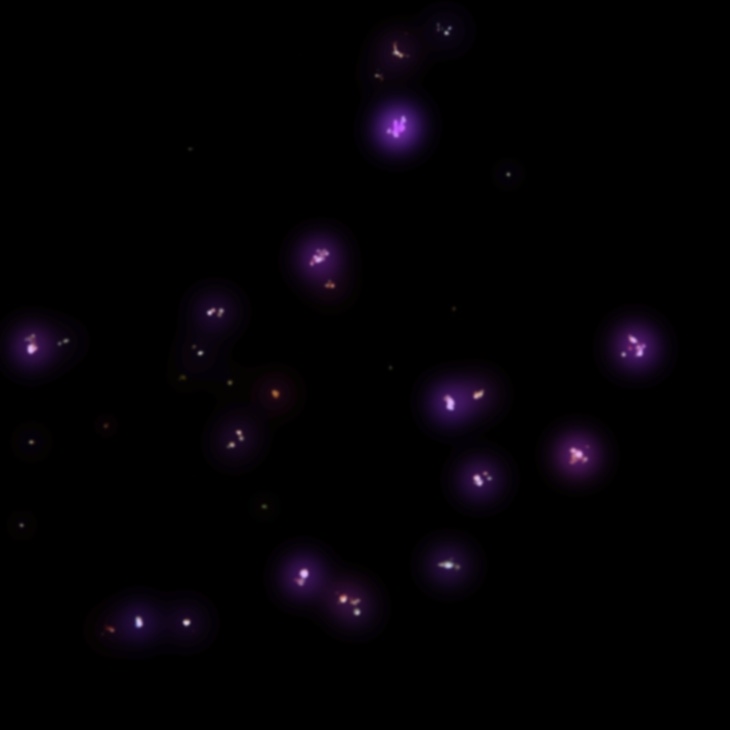Nobelium
102
No
Gruppe
n/a
Periode
7
Blok
f
Protoner
Elektroner
Neutroner
102
102
157
Generelle Egenskaber
Atomnummer
102
Atommasse
[259]
Masseantal
259
Kategori
Actinider
Farve
n/a
Radioaktiv
Ja
Named after of Alfred Nobel, Swedish chemist who discovered dynamite and founder of the Nobel Prizes
Krystalstruktur
n/a
Historie
Nobelium was discovered by Albert Ghiorso, Glenn T. Seaborg, John R. Walton and Torbjørn Sikkeland in 1958 at the University of California, Berkeley.
It was produced by the bombardment of curium with carbon atoms.
It was correctly identified in 1966 by scientists at the Flerov Laboratory of Nuclear Reactions in Dubna, Soviet Union.
It was produced by the bombardment of curium with carbon atoms.
It was correctly identified in 1966 by scientists at the Flerov Laboratory of Nuclear Reactions in Dubna, Soviet Union.
Elektroner i hver skal
2, 8, 18, 32, 32, 8, 2
Elektronkonfiguration
[Rn] 5f14 7s2
Nobelium is a divalent ion in aqueous solution
Fysiske Egenskaber
Tilstandsform
Fast stof
Massefylde
-
Smeltepunkt
1100,15 K | 827 °C | 1520,6 °F
Kogepunkt
-
Smeltevarme
n/a
Fordampningsvarme
n/a
Varmefylde
-
Forekomst i jordskorpen
n/a
Forekomst i universet
n/a

CAS-nummer
10028-14-5
PubChem CID-nummer
n/a
Atomare egenskaber
Atomradius
-
Kovalent radius
-
Elektronegativitet
1,3 (Paulings skala)
Ioniseringspotentiale
6,65 eV
Atomvolumen
-
Varmeledningsevne
0,1 W/cm·K
Oxidationstrin
2, 3
Anvendelser
Nobelium is used for scientific research purposes only.
Nobelium is harmful due to its radioactivity
Isotoper
Stabile isotoper
-Ustabile isotoper
248No, 249No, 250No, 251No, 252No, 253No, 254No, 255No, 256No, 257No, 258No, 259No, 260No, 261No, 262No, 263No, 264No